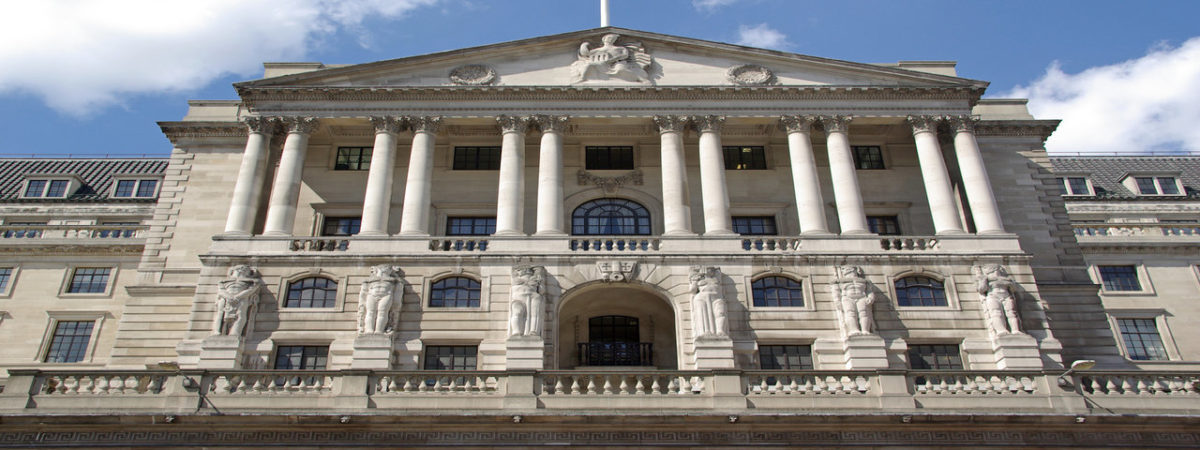It’s Lafferble: Why hiking capital gains tax would only depress revenues
SUGGESTED



The case against CGT on investments is overwhelming. Capital gains tend to arise when investors anticipate future profits or if companies retain profits for investment. But the profits that are retained have already been taxed and, if profits are expected in the future, they will be taxed too – when they materialise. CGT on equities is therefore simply a double tax.
Furthermore, since the indexation allowance was abolished, CGT is levied on those gains which only arise as a result of inflation. So, for example, if you held a portfolio of shares from 2000 to 2010, the value would have had to rise by over 30 per cent just to keep pace with inflation. And then, under current CGT rates, that increase in value would be taxed at up to 28 per cent. In other words, purely illusory gains would be taxed.
The only justification for CGT is to prevent investors hiding income as capital gains. However, the tax authorities already have ways of dealing with this problem which were not available when the tax was first introduced in 1965.
Higher rates of CGT also discourage investment, discourage entrepreneurship and encourage avoidance. Both individuals and institutions can devise methods to avoid the tax, one of which is simply to hold on to investments for longer in order to time their sale more carefully. This can have the effect of reducing the yield from the tax at higher rates.
Indeed, when the top rate was increased to 28 per cent under pressure from the Lib Dems, it was felt by the Treasury that this was the rate that maximised the revenue from the tax. As it happens, CGT revenue has roughly halved since the rate was increased, although this may have been for other reasons. Nevertheless, it is quite possible that we are already on the wrong side of the Laffer curve – in other words, beyond the revenue-maximising rate. Certainly, we are not far away from the top of the Laffer curve.
In fact, the Treasury’s own explanation of their modelling suggests the top rate of CGT should be lowered to boost revenue. They judged that 28 per cent was the rate at which the marginal gain to revenue of reduced avoidance in terms of reclassifying income as gains would be exactly offset by the marginal reduction in revenue arising from the ‘lock-in’ effect – more people holding onto assets they otherwise would not want to hold (in order to avoid the tax).
That calculation was made, of course, when the top rate of income tax which people might seek to avoid was 50 per cent. Since then this rate has been lowered to 45 per cent. With a lower top rate of income tax, the gap between the tax rate on income and gains will be smaller and so the incentive to avoid income tax lower. If the two effects of a CGT hike were equal before, the lock-in effect must now be larger. This implies that the 28 per cent CGT rate should be cut if the goal is revenue maximisation – assuming that the Treasury’s previous analysis was indeed accurate.
In the menu of available tax options then, it is difficult to imagine how Nick Clegg could have chosen a worse tax to propose increasing. If the proposed rise in the tax does somehow raise more revenue, it will be as a result of taxing investment returns that are already taxed at least once and by eroding the real value of investors’ assets. Furthermore, the yield will be volatile and depend on share prices from year to year. It’s more likely, however, that Clegg’s policy will lead to revenues falling, and taxes on the poor will actually have to rise to compensate for those revenue losses. Paradoxically, reducing CGT in order to generate the revenue to reduce other taxes might be the best policy.
A previous version of this article was published by City AM.
3 thoughts on “It’s Lafferble: Why hiking capital gains tax would only depress revenues”
Comments are closed.






Yes, but have you ever tried a rational discussion about the Laffer Curve with anyone of left wing persuasion? They simply denounce it, denying it exists, even though it is very easy to demonstrate that it must exist and that the issue is simply one of its shape, at which point revenue is maximised, and how it varies according to the type of tax we are discussing.
yes, I know. One is painted as an extremist to simply believe that there is a revenue maximising level of tax (not that I think that tax rates should be set at that level)
I’m of a left wing persuasion. I don’t deny the Larger curve, in fact I think it’s worth detailed consideration.
What I find astonishing is how those of a right wing persuasion seem to think it always implies that taxes should be lower, without ever providing any evidence as to the shape of the curve.